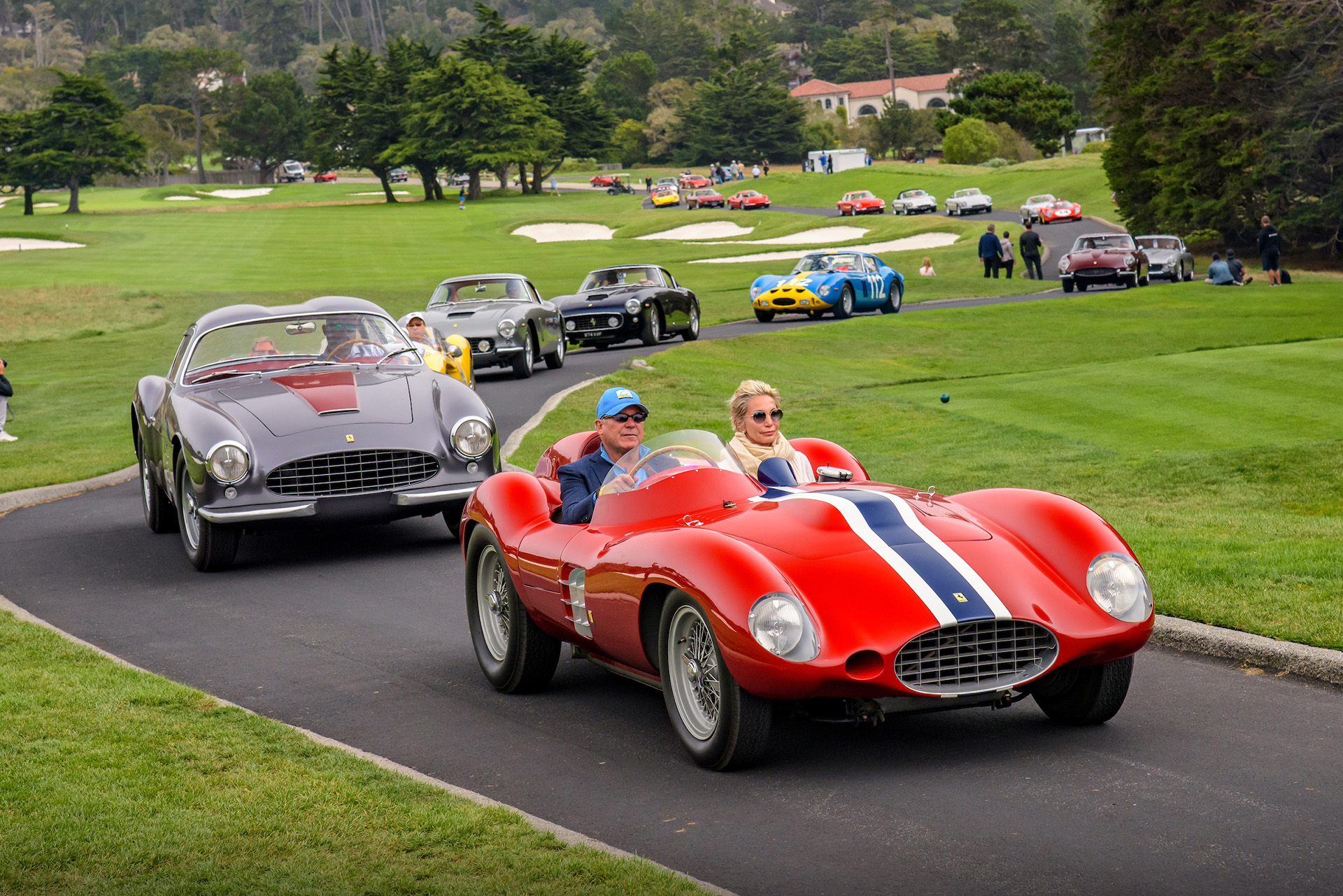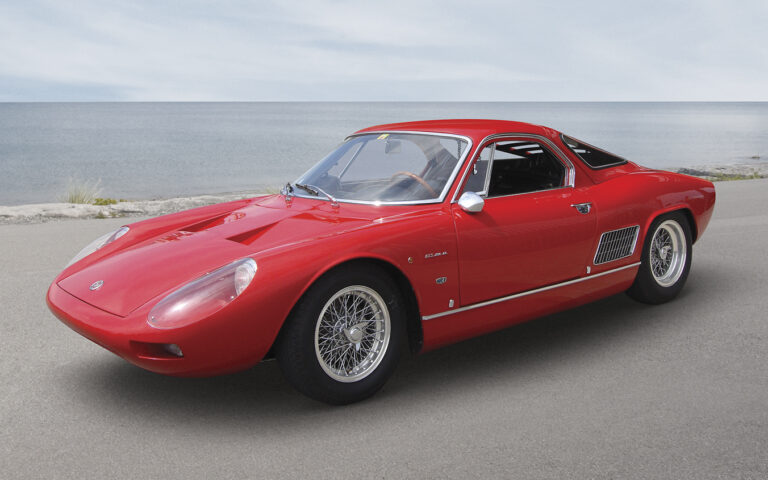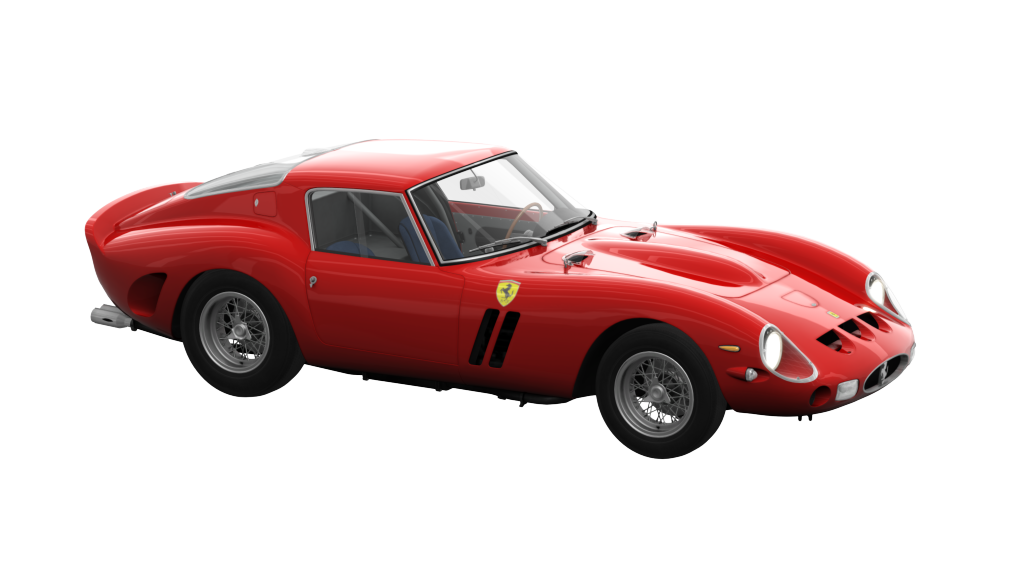O as in Omologata
30 September 2023 2 min read 5 images

Photo credit: Bonhams, Ferrari, Wheelsage
Who wanted it, and who made it? Enzo Ferrari did, aiming to secure a victorious entry in the World Manufacturer’s Championship (formerly known as the Formula 1 World Driver’s Championship), which transitioned from sports cars to grand touring cars.
Register to unlock this article
Signing up is free and gives you access to hundreds of articles and additional benefits. See what’s included in your free membership. See what's included in your free membership.
Already have an account? Log In


